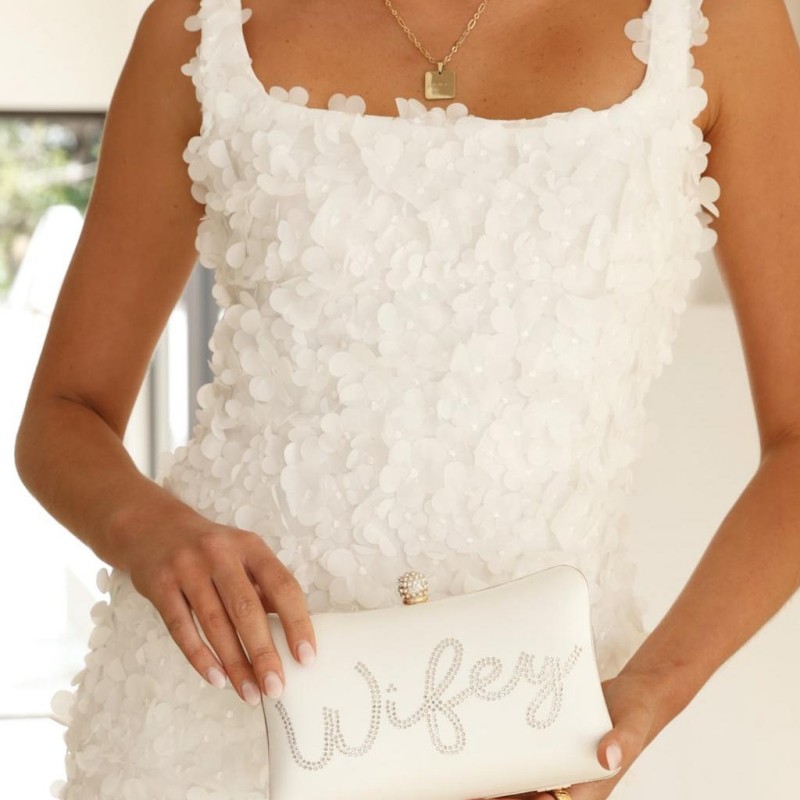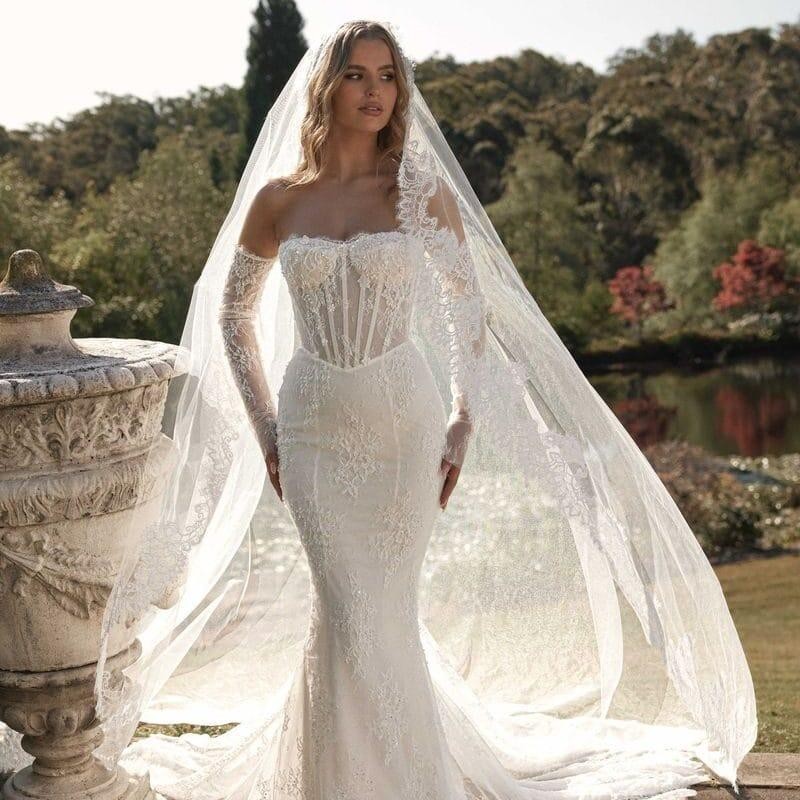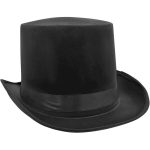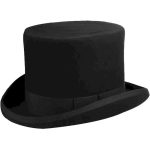The journey to finding the perfect wedding dress is an exciting adventure for many brides. Just as important as the design and silhouette of the dress is understanding the various wedding dress fabrics available. Each fabric uniquely contributes to the overall look and feel of the gown, influencing everything from texture and drape to the dress’s weight and movement. Whether you envision a flowing chiffon gown for an outdoor ceremony or a luxurious satin dress for a glamorous ballroom affair, the choice of fabric is paramount. In this comprehensive guide, we will explore the most popular wedding dress fabrics, their qualities, and the different styles they lend themselves to. We’ll also provide valuable tips for selecting the right fabric for your wedding day, ensuring that your dress not only looks stunning but feels amazing as well.
Understanding Different Wedding Dress Fabrics
The variety of fabrics available for wedding dresses can be overwhelming. Each type offers unique characteristics that can enhance the dress’s overall appearance and comfort. Knowing about these wedding dress fabrics allows you to make informed decisions based on your style, venue, and personal preferences.
Silk
Silk is one of the most luxurious and timeless fabrics used in wedding dress design. Known for its beautiful sheen and soft texture, silk can create a stunning and elegant look for any bride.
- Characteristics: Silk is known for its smooth feel and ability to drape beautifully, allowing for flattering silhouettes. It comes in various types, including silk satin, silk chiffon, and silk organza, each offering distinct qualities.
- Suitability: Due to its upscale appearance, silk is often chosen for formal or traditional weddings. However, it can also work well in more casual settings, depending on the design.
- Care: Silk requires special care, as it can be delicate. Professional cleaning is usually recommended, and it should be stored away from sunlight to prevent fading.
Satin
Satin, often confused with silk, is another luxurious material that provides a rich, glossy finish. Unlike silk, satin can be made from synthetic fibers or blends, making it slightly more affordable.
- Characteristics: Satin fabric has a smooth surface and considerable weight, allowing it to hang beautifully. Its luxurious appearance makes it a popular choice for elegant gowns.
- Suitability: Suitable for various styles, satin can be used in ball gowns, fit-and-flare styles, and even slip dresses. It lends itself well to structured designs that require a bit of weight for fullness.
- Care: Satin is relatively easy to care for but can be prone to snagging. It should also be dry cleaned to maintain its sheen and structure.
Lace
Lace is a traditional favorite among brides and is celebrated for its intricate designs and feminine appeal. This lightweight, delicate fabric can add beauty and texture to a gown.
- Characteristics: Made from threads of cotton, silk, or synthetic fibers, lace is characterized by its open weave and detailed patterns. It can be used as an overlay, trim, or throughout the entire gown.
- Suitability: Lace is ideal for vintage-inspired or romantic wedding dresses. It works well in both formal and casual settings, depending on how it’s used in the design.
- Care: Lace should be handled gently during cleaning to maintain its detailed patterns. Hand washing or dry cleaning with a specialized service is usually best.
Chiffon
Chiffon is a lightweight, sheer fabric that creates a soft and ethereal effect. It can be used as the main fabric or as an overlay to enhance movement and elegance.
- Characteristics: With its flowy nature, chiffon drapes beautifully and layers well, allowing brides to create romantic silhouettes. It can be woven from silk, polyester, or nylon.
- Suitability: Chiffon is well-suited for outdoor or destination weddings, particularly in warmer weather, due to its breathability. It pairs beautifully with more structured fabrics for added dimension.
- Care: Chiffon is relatively easy to care for, but it can snag easily. Gentle handling is essential during washing, and it is best to air dry rather than tumble dry.
Organza
Organza is a thin, crisp fabric that can add volume and structure to a gown without being overly heavy. Its lightweight nature allows for elegant flow while maintaining shape.
- Characteristics: Organza has a sheer quality and offers a slight sheen. This fabric is stiffer than chiffon, making it perfect for architectural designs.
- Suitability: Ideal for ball gowns or dresses with layered skirts, organza can transform a simple silhouette into a stunning piece. It works beautifully in formal settings but can also be adapted for more casual themes.
- Care: Organza should be dry cleaned to prevent damage and preserve its shape.
Factors to Consider When Choosing Wedding Dress Fabrics
Selecting the right wedding dress fabric is crucial for achieving the desired look and feel for your special day. Here are some important factors to consider when making your choice:
Comfort
Comfort should be at the forefront of your mind when selecting wedding dress fabrics. Consider the climate of your wedding day. Fabrics like chiffon and lace are great for warm weather, while heavier fabrics like satin or silk may be better suited for cooler climates.
Style
Think about the overall style and theme of your wedding. A bohemian beach wedding might call for lightweight fabrics with flowing silhouettes, while a formal ballroom ceremony would benefit from luxurious satin and structured designs.
Movement
The fabric you choose will impact how the gown moves with you. If you envision swirling or dancing, opt for fabrics that flow beautifully, such as chiffon or silk.
Durability
Consider the durability of the fabrics, especially if you plan to wear your wedding dress for an extended period. Fabrics like satin and organza are more resilient than lighter options, which may require more care.
Budget
Wedding dress fabrics can vary significantly in cost, so it’s important to establish a budget before shopping. More luxurious fabrics often come at a higher price point, while blends and synthetics may be more budget-friendly.
Repair and Cleaning
Inquire about cleaning and care for each fabric type. Some require dry cleaning or special handling, while others can withstand simple home washing.
Personal Preference
Finally, trust your instincts and personal preferences when selecting a wedding dress fabric. When you feel comfortable and confident in your choice, it will enhance your overall wedding experience.
The Impact of Fabric on Wedding Dress Silhouettes
The type of fabric you choose plays a significant role in defining the silhouette of your wedding gown. Here’s how different fabrics impact style choices:
Fit-and-Flare Gowns
Silk and satin work excellently for fit-and-flare silhouettes due to their ability to provide structure while hugging the body’s curves.
A-Line Dresses
Chiffon and organza are often chosen for A-line dresses, as these lightweight fabrics create a soft, flowing skirt that gracefully falls from the waist.
Ball Gowns
For ball gowns, heavy fabrics like satin and tulle provide the necessary volume. When layered, these fabrics can create a stunning and dramatic effect.
Sheath Dresses
Lighter fabrics such as lace and silk are perfect for sheath dresses, as they add elegance and movement to the straight-line silhouette without overwhelming it.
Vintage Styles
Exploring vintage designs often leads to the use of lace or tulle in conjunction with silk or satin. These combinations create authentic vintage-inspired looks that remain timeless.
Choosing the Right Fabric for Different Wedding Themes
Different wedding themes often dictate fabric choices. Here’s how to match fabrics to specific themes:
Rustic Weddings
For intimate, rustic weddings, consider fabrics like burlap or lace. Chiffon can also complement a relaxed aesthetic when paired with a flowing gown.
Beach Weddings
When planning a beach wedding, opt for lightweight fabrics like chiffon or cotton blends that can stand up to humidity and movement while still providing comfort.
Garden Weddings
In a garden setting, soft fabrics like lace or satin with floral patterns can add a whimsical touch, captivating the enchanting surroundings.
Formal, Black-Tie Weddings
At formal events, rich fabrics such as satin, silk, or velvet add elegance and sophistication, complementing a more refined environment.
Destination Weddings
Destination weddings call for versatility. Fabrics like chiffon and lightweight cotton can accommodate travel with ease, while also aligning with the element of casual elegance.
Common Mistakes When Choosing Wedding Dress Fabrics
Even seasoned brides can make mistakes when it comes to selecting wedding dress fabrics. Here are some common pitfalls and how to avoid them:
Ignoring Comfort
While aesthetics are essential, prioritize comfort. Always try on different fabric types to gauge how they feel against your skin, especially for longer events.
Overlooking Venue Atmosphere
Consider how your fabric choice interacts with your wedding venue. A heavier fabric may seem out of place in a casual outdoor setting.
Disregarding Weather Conditions
The season and weather on your wedding day will affect your fabric choice. Choose breathable fabrics for summer and heavier materials for winter.
Overcomplicating Designs
Sometimes, simplicity is best. Choosing too many different fabrics or intricate designs can lead to an overwhelming look.
Not Accounting for Movement
Make sure you can move comfortably in your dress, especially if you’ll be dancing. The fabric should allow for fluid movement without restriction.
Tips for Accessorizing Your Wedding Dress Fabrics
Once you’ve chosen the perfect wedding dress fabric, consider how accessories can complement your gown:
Jewelry
Select jewelry that enhances the gown without overshadowing it. If you have intricate lace detailing, opt for simple studs or a delicate pendant.
Veils
Choose a veil that resonates with your gown’s fabric. For lace dresses, a lace-trimmed veil beautifully ties the look together, while a silk veil might pair best with satin.
Shoes
Choose shoes that not only match your dress style and fabric but also offer comfort. Avoid overly complicated designs if your gown is already detailed.
Belts and Sashes
A belt or sash can add a lovely touch to your wedding gown. Consider fabric choices that match or complement your dress’s material for a cohesive look.
Wraps
A wrap or shawl can add elegance and warmth to your look, particularly if you choose a heavier fabric that complements your gown’s style.
Conclusion
In summary, understanding wedding dress fabrics is a vital aspect of planning your dream wedding outfit. Each fabric brings its own beauty and function to the table, influencing the gown’s overall visual appeal and comfort. By exploring various materials like silk, satin, lace, chiffon, and organza, you can choose a fabric that aligns with your personal style, wedding theme, and comfort requirements.
Take the time to consider the unique characteristics of each fabric and how they affect the silhouette and drape of your dress. From romantic lace to luxurious satin, the fabric serves as a foundation for your design vision. Consider factors such as durability, care, and mood when selecting your gown’s material, allowing your wedding dress to encapsulate not only your look but also your personality.
Embarking on this journey to find the perfect wedding dress can be a delightful experience. By equipping yourself with knowledge about wedding dress fabrics and their applications, you set yourself up for a successful selection that resonates with your vision for this monumental day. Enjoy the experience, and cherish every moment as you prepare to walk down the aisle in comfort and style.

